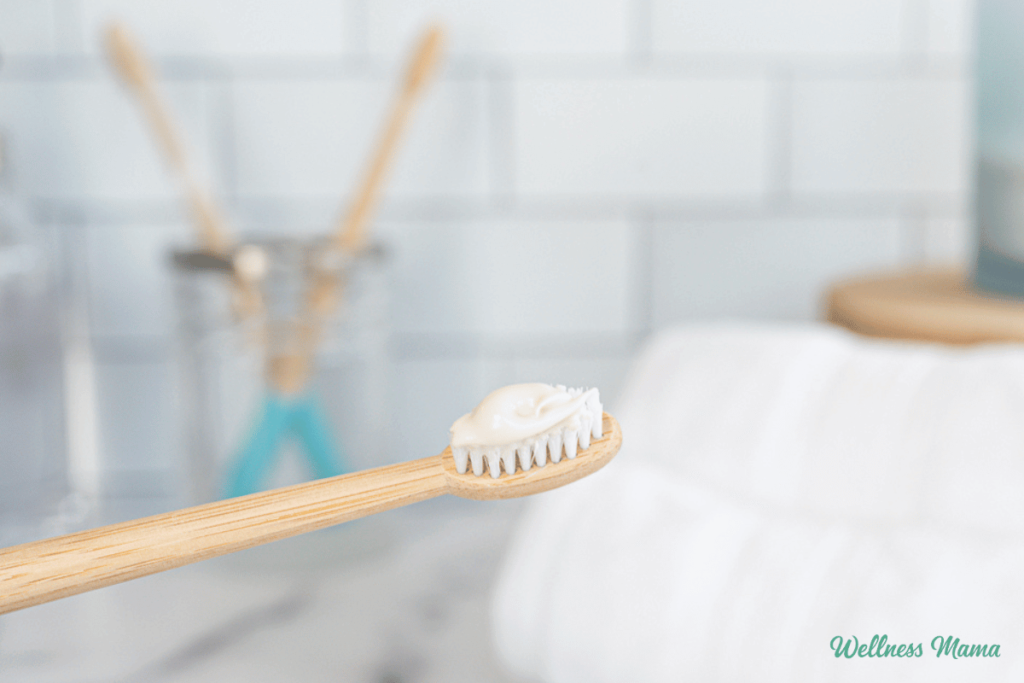If you have high cholesterol, you’re also at higher risk for heart disease. But the good news is, it’s a risk you can control. You can lower your “bad” LDL cholesterol and raise your “good” HDL cholesterol. You just have to make some simple changes.
“I tell patients that you have to start somewhere and just keep going,” says Suzanne Steinbaum, DO, an attending cardiologist at Lenox Hill Hospital in New York City. “As you adopt lifestyle changes, everything starts shifting, and the improvements you see at 6 weeks often increase by 3 months.”
Lifestyle isn’t everything — your genes matter, too. You still may need to take medicine to get your cholesterol back on track. But your daily habits do help. if you make just a few simple changes, you might be able to lower your medication dose and chance of side effects.
Follow these tips to cut your cholesterol and improve your health.
“They raise your LDL, lower your HDL, and increase your risk of developing heart disease and stroke,” Steinbaum says.
That’s why the FDA has taken steps to remove artificial trans fat from the food supply. But small amounts of trans fat could still be in some products. So when you shop for food, check the Nutrition Facts labels and ingredients. If you see “partially hydrogenated oil” on the package, that’s just a fancy name for trans fat.
You don’t have to lose a lot of weight to lower your cholesterol. If you’re overweight, drop just 10 pounds and you’ll cut your LDL by up to 8%. But to really keep off the pounds, you’ll have to do it over time. A reasonable and safe goal is 1 to 2 pounds a week. The National Heart, Lung and Blood Institute notes that while inactive, overweight women usually need 1,000 to 1,200 calories daily for weight loss, active, overweight women and women weighing more than 164 pounds usually require 1,200 to 1,600 calories each day. If you’re extremely active during your weight-loss program, you may require additional calories to avoid hunger.
“Exercising at least 2 1/2 hours a week is enough to raise HDL and improve LDL and triglycerides,” says Sarah Samaan, MD, a cardiologist in Plano, TX. If you haven’t been active, start slowly — even 10-minute blocks of activity count. Choose an exercise you enjoy. And buddy up: An exercise partner can help keep you on track.
Foods like oatmeal, apples, prunes, and beans are high in soluble fiber, which keeps your body from absorbing cholesterol. Research shows that people who ate 5 to 10 more grams of it each day saw a drop in their LDL. Eating more fiber also makes you feel full, so you won’t crave snacks as much. But beware: Too much fiber at one time can cause abdominal cramps or bloating. Increase your intake slowly.
Try to eat it two to four times a week. “Not only are the omega-3 fats in fish heart-healthy, but replacing red meat with fish will lower your cholesterol by reducing your exposure to saturated fats, which are abundant in red meat,” Samaan says. The catch? Some types, like shark, swordfish, and king mackerel, are high in mercury. That can increase your risk for heart disease. Instead, choose wild salmon, sardines, and bluefin tuna. Omega 3 vs omega 6: What’s the difference?
“Substituting olive oil for butter may reduce LDL cholesterol by as much as 15%, which is similar to the effect of a low dose of medication,” Samaan says. The “good” fats in olive oil benefit your heart. Choose extra-virgin olive oil. It’s less processed and contains more antioxidants, which help prevent disease.
Most types can lower LDL. The reason: They contain sterols, which, like fiber, keep the body from absorbing cholesterol, Steinbaum says. Just don’t go overboard: Nuts are high in calories (an ounce of almonds packs 164!).
Did you know that when you’re stressed, your cholesterol can go through the roof? Relax. Get lost in a good book, meet a friend for coffee, or take to your yoga mat. It’ll help keep your cholesterol in check.
If you don’t already dust your cappuccino with cinnamon or shake pepper on your pasta, listen up: Spices like garlic, curcumin, ginger, black pepper, coriander, and cinnamon do more than flavor your food, they can also improve cholesterol. Research shows that eating a half to one clove of garlic each day could lower cholesterol up to 9%. Bonus: Adding extra seasoning to your food also reduces your appetite, so it’s easier to drop excess pounds, Steinbaum says.
“Smoking can raise LDL and lower HDL, and quitting often improves those numbers,” Samaan says. In one study, people who stopped smoking saw their “good” cholesterol rise 5% in one year. But if you’re regularly around smokers, take heed: Breathing secondhand smoke every day can also raise levels of bad cholesterol.
Laughter is like medicine: It increases HDL, Steinbaum says. Need to add some comic relief to your life? Check out silly pet videos online, sign up for a joke-a-day email, or watch funny movies.








Thanks for sharing. I read many of your blog posts, cool, your blog is very good.